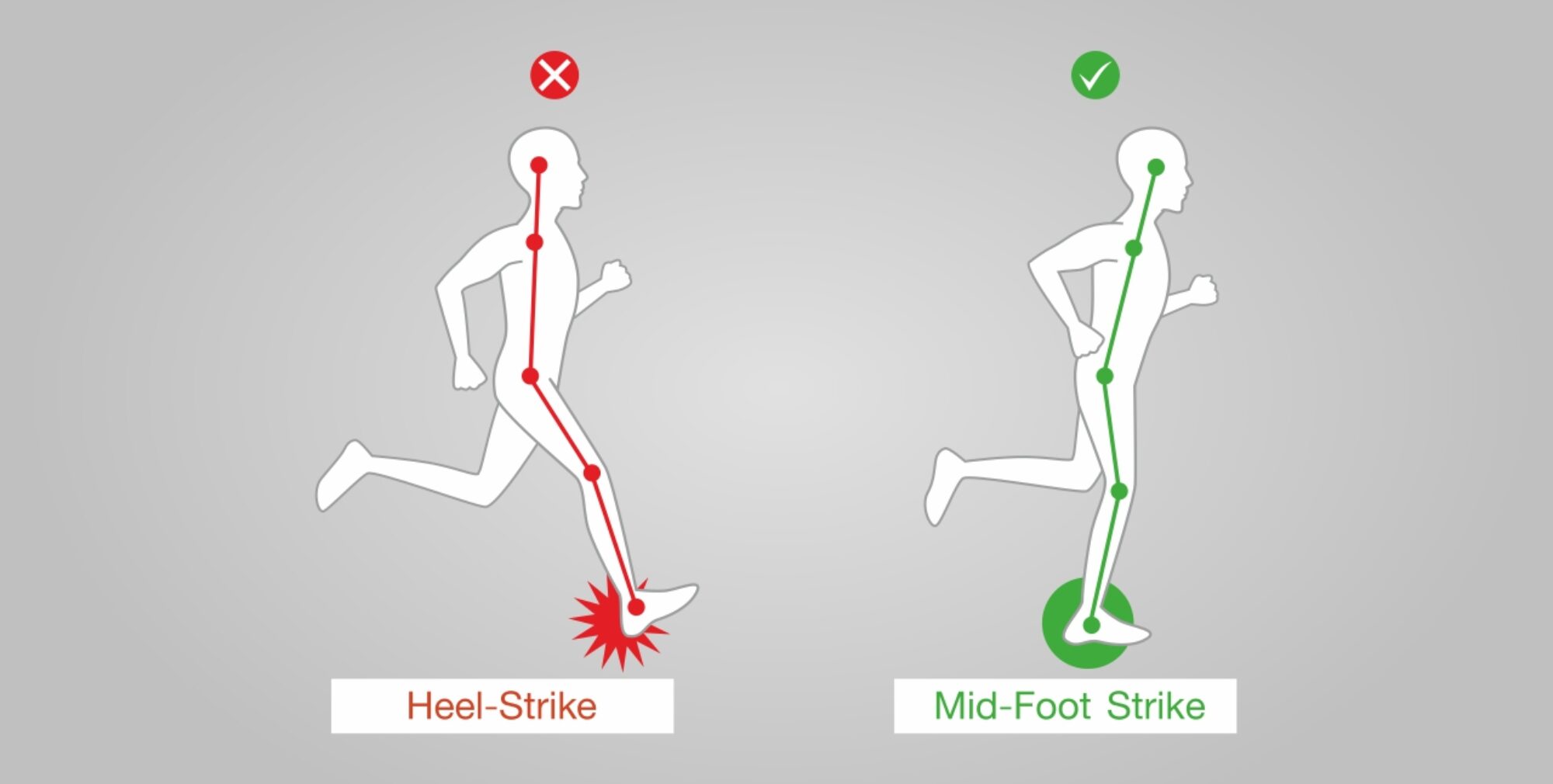We pound the pavement, hit the trails, and chase personal bests, all thanks to a trusty pair of running shoes. But have you ever stopped to think about the fascinating journey these footwear marvels have taken to get us where we are today? Buckle up, fellow runners, because we’re about to embark on a historical jog through the ever-evolving world of running shoes.
Early Steps: From Spikes to Sneakers
Our journey begins in the late 19th century, when cross-country running was a grueling rite of passage for British public school students. Leather boots with protruding spikes were the go-to, offering traction but little in the way of comfort or flexibility. Enter the plimsoll, a lightweight canvas shoe with a vulcanized rubber sole, born in the 1830s and originally for the beach. Its silent tread earned it the nickname “sneaker,” and soon, athletes were lacing them up for track and field events.

The 20th Century: Innovation Takes Off
The 20th century saw a surge in running shoe innovation, driven by a growing interest in fitness and athletic competition. Adi Dassler, founder of Adidas, introduced the welt shoe in 1928, featuring a removable spiked plate for versatility. Meanwhile, across the pond, Bill Bowerman, track coach at the University of Oregon, was busy experimenting in his kitchen. His wife’s waffle iron became the unlikely muse for the iconic waffle sole, offering superior traction and shock absorption, a cornerstone of Nike’s future success.
The Rise of Cushioning and Technology
The latter half of the 20th century was all about cushioning. Frank Shorter’s 1968 Olympic marathon victory in Adidas’s Blue Ribbon Sports shoes, later renamed Nike, marked a turning point. Athletes craved comfort for longer distances, and brands like Puma responded with EVA midsoles and air pockets. Technological advancements brought us nylon uppers for breathability, polyurethane for responsiveness, and carbon fiber plates for propulsion.

The Minimalist Movement and Beyond
The 21st century witnessed a backlash against over-engineered shoes. The barefoot running movement gained traction, promoting natural foot movement and minimal cushioning. Brands like Vibram FiveFingers capitalized on this trend with their minimalist toe shoes. Today, the running shoe landscape is diverse, catering to every preference and running style. Maximalist shoes with thick midsoles for maximum comfort coexist with barefoot-inspired options and performance-driven racing flats.
Looking Ahead: What’s Next for Running Shoes?
The future of running shoes is full of possibilities. 3D printing could allow for custom-designed shoes tailored to individual feet. Biometric sensors might track your gait and adjust cushioning in real-time. Sustainability is also a growing concern, with brands exploring recycled materials and innovative manufacturing processes.
One thing’s for sure: the evolution of running shoes is far from over. As technology advances and our understanding of biomechanics deepens, we can expect even more exciting innovations that will help us run farther, faster, and more comfortably than ever before. So, lace up your favorite pair and hit the pavement – the next chapter in the running shoe story is waiting to be written, one stride at a time.
I hope this blog post has taken you on a fun and informative journey through the history of running shoes. Remember, no matter what your running goals or preferences are, there’s a perfect pair of shoes out there waiting to help you achieve them. So, keep exploring, keep innovating, and most importantly, keep running!

